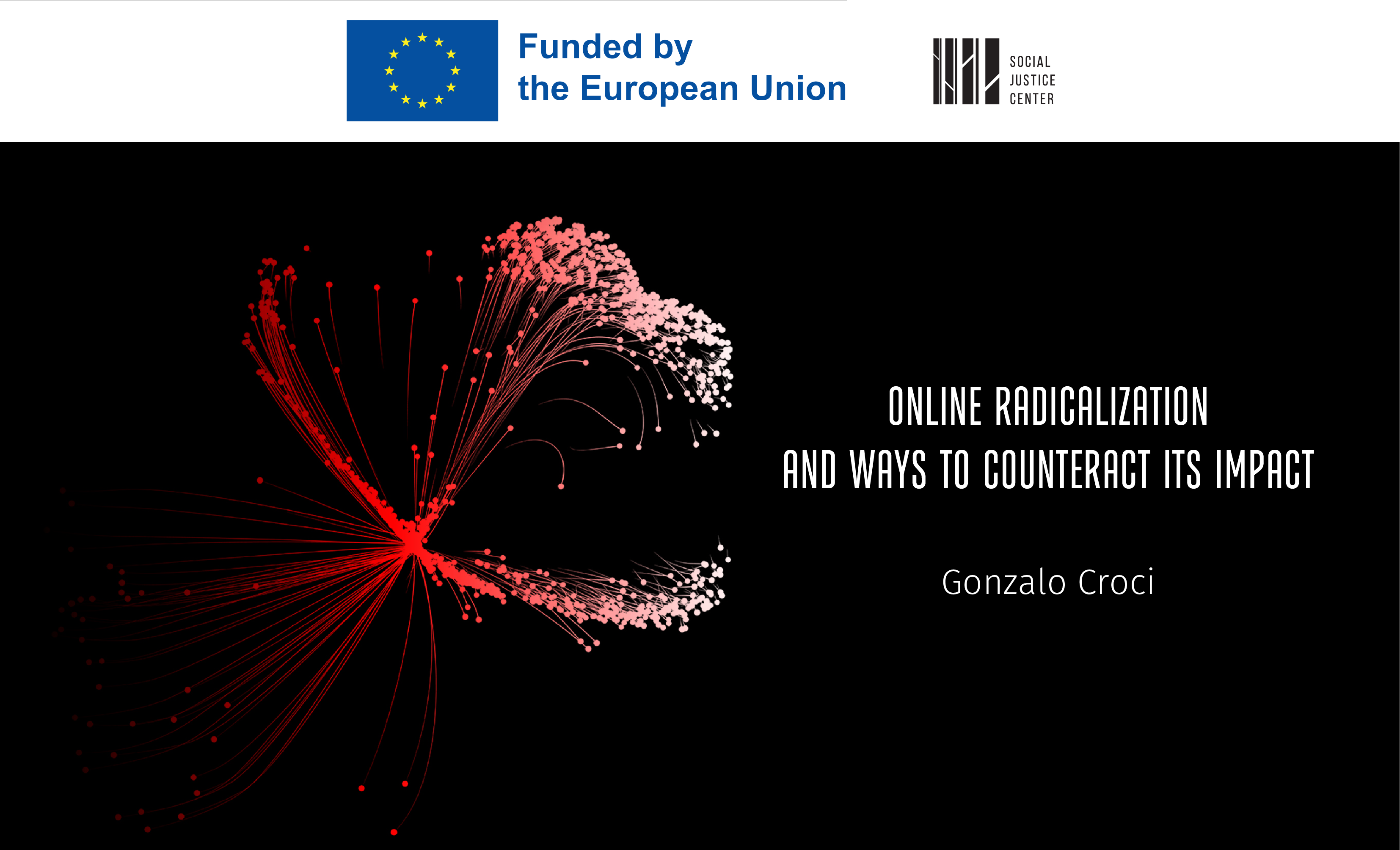საერთო ცხელი ხაზი +995 577 07 05 63


The advantages of the internet, such as its accessibility, lack of restrictions, large potential audience, and rapid information flow, have been abused by organizations dedicated to radicalizing individuals to further their agendas. Radicalism implies a collection of attitudes or behaviours that include a desire to rebel against the political, social, and cultural systems as well as, more broadly, the accepted norms and practices in society (Galland, & Muxel, 2020). The routes by which individuals are being ideologically radicalized is evolving and is increasingly taking place within social media platforms and online communities. Radical groups have shown themselves to be adept users of social media technology since the early days of the internet, using the internet to produce and spread content, draw in and radicalize followers, plan online and offline operations, and generate income. As such, the internet has become one of the primary operational environments in which radical political ideologies are realized, attacks planned, and social movements made (Winter, Neumann, Meleagrou-Hitchens, Ranstorp, Vidino, & Fürst, 2020).
Several stakeholders, including governmental organizations, law enforcement agencies, the media, and others have emphasized the threat of online radicalization as a key policy issue (Correa & Sureka, 2013). Nowadays, the majority of high-priority national security investigations, intelligence, and law enforcement organizations include the internet. Violent and non-violent radical organizations have taken advantage of the changing information environment by using social media platforms and easily accessible information technology to reach a wider audience and recruit vulnerable individuals (Bastug, Douai, & Akca, 2020). This is particularly worrying, since research has shown that most individuals fail to discriminate between genuine, fraudulent, and misleading online content, which makes them vulnerable to accidentally spreading inflammatory or propagandistic materials (Williams, Evans, Ryan, Mueller, & Downing, 2021).
The literature shows that there are two fields that can feed radicalization, online and offline domains. However, the arbitrary separation has been challenged since radicalised individuals use both domains for their activities and they seamlessly move across the two (Pauwels & Schils, 2016; Gill et al., 2017; Whittaker, 2022). Furthermore, most scholars today agree that radicalization is not a linear or a step-by-step process, but rather a multifactorial phenomenon (Frissen, 2021), where different mechanisms operate in different ways for different people in different contexts (Borum, 2011). This report presents the main theories and ways radical groups influence and attract individuals online, and the most common tools and strategies governments use to counter its impact.
This publication has been produced with the assistance of the European Union, within the project “Supporting Accountable and Human Rights-oriented Security Sector through Research, Advocacy and Inclusive Dialogue”. Its contents are the sole responsibility of Social Justice Center and they do not necessarily reflect the views of the European Union.
The website accessibility instruction